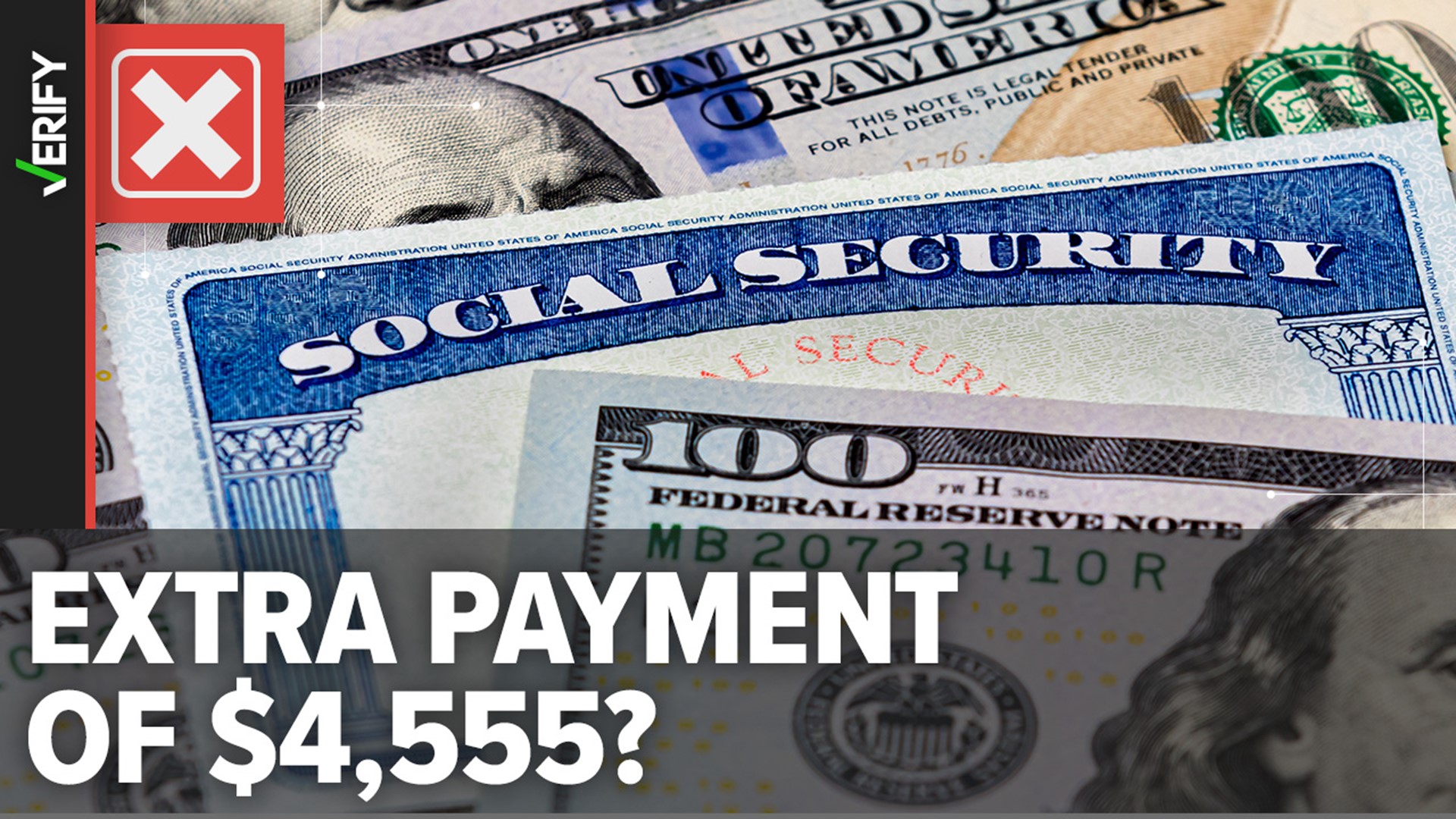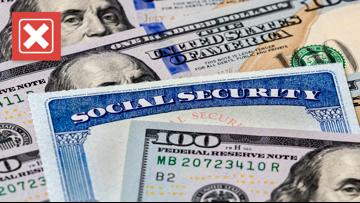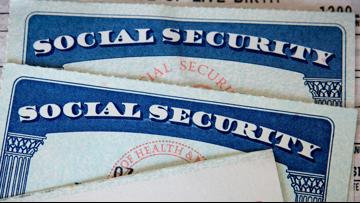Social Security was created in 1935 to pay retired workers age 65 and older a continuing income after retirement.
A headline that’s making the rounds on social media says millions of Social Security recipients will receive direct payments of up to $4,555 this month.
VERIFY reader Steven asked if all Social Security beneficiaries are receiving a one-time check for $4,555.
THE QUESTION
Is Social Security sending all beneficiaries one-time checks for $4,555?
THE SOURCES
THE ANSWER
No, Social Security is not sending all beneficiaries one-time checks for $4,555. The headline uses misleading language to refer to regular monthly benefit payments – not a one-time bonus payment.
WHAT WE FOUND
The Social Security Administration (SSA) does not have any information on its website about an additional one-time payment of $4,555 for all beneficiaries in 2023.
The headline circulating online uses misleading language to refer to regular benefit payments that Social Security recipients receive every month – not a one-time bonus payment.
Both the Social Security Administration (SSA) and AARP say on their websites that people who retire at age 70 in 2023 can receive a maximum monthly benefit of $4,555.
Other people who earned less throughout their career will have lower monthly benefit amounts. The average Social Security retirement benefit for 2023 is an estimated $1,827 per month, according to AARP.
The maximum Social Security benefit depends on the age a person retires and the income they receive while working, as well as an annual cost-of-living adjustment (COLA).
You can start receiving Social Security retirement benefits as early as age 62. But your payment will be reduced if you start collecting benefits before your full retirement age.
Anyone born in 1960 or later can start receiving full retirement benefits at age 67. The full retirement age gradually decreases for people born earlier than 1960.
If you wait until age 70 to apply for benefits, your payment will increase even more because you’ll accrue delayed retirement benefits, AARP says.
More from VERIFY: What to know about Social Security benefits: VERIFY Fact Sheet
In 2023, the maximum Social Security benefit amount for someone who retires at age 62 is $2,572, SSA says. For those who retire at their full retirement age, the maximum benefit amount is $3,627.
Though the headline about direct payments is unclear, the body of the story states that the “second round of April’s three Social Security retirement payments, worth up to $4,555, will be sent to recipients in just under a week.”
For most beneficiaries, the Social Security payment date is determined by their birthday, AARP explains.
Here’s how the monthly payment schedule works:
- If your birthday is on the 1st through the 10th, you are paid on the second Wednesday of the month
- If your birthday is on the 11th through the 20th, you are paid on the third Wednesday of the month.
- If your birthday is on the 21st through the 31st, you are paid on the fourth Wednesday of the month.










